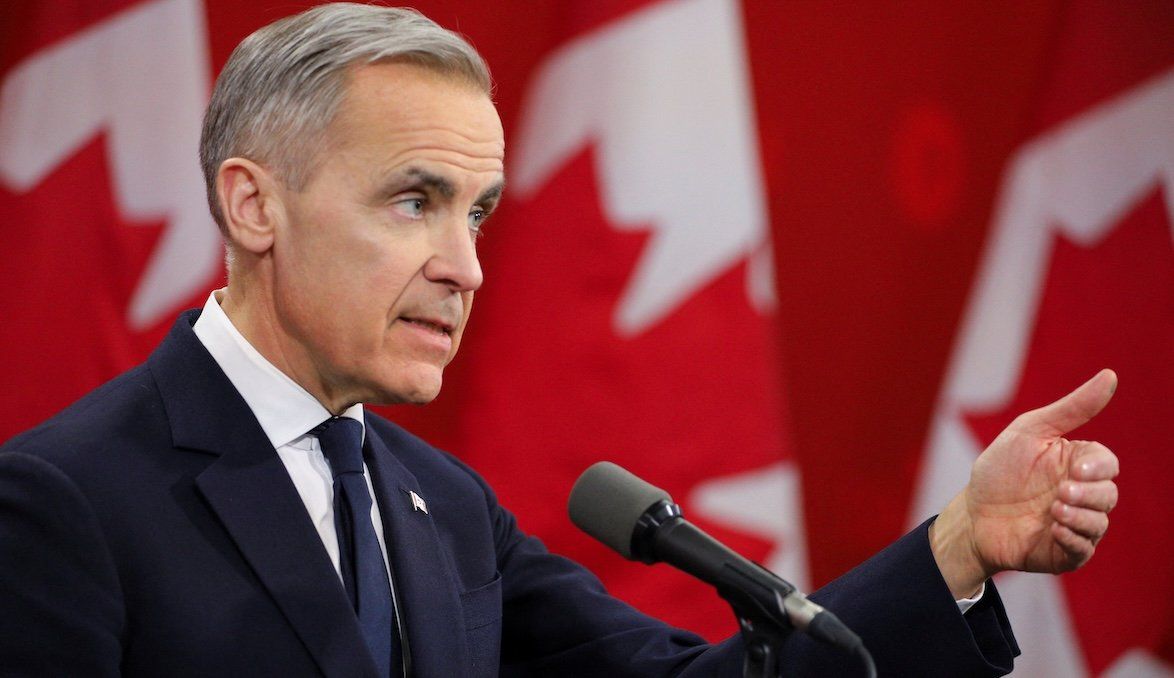Canada's Liberal Party leadership candidate and former Bank of Canada governor Mark Carney speaks to the media after participating in an English-language debate ahead of the March 9 vote to replace Prime Minister Justin Trudeau, in Montreal, Quebec, on Feb. 25, 2025.
Over the past year, everyone had counted the Liberals down and out – their chances of holding on to power after the next federal election in Canada had been somewhere south of slim. But now the party is enjoying a twin boost from two recent shifts in the political terrain and has closed the polling gap between them and the Conservative Party.
In January, Justin Trudeau announced his intention to resign as party leader and prime minister. Then Donald Trump was inaugurated as US president for the second time and immediately started coming after Canada hard, threatening economy-destroying tariffs, calling Trudeau “governor,” and talking about annexing the country and making it a “cherished” 51st state.
With Trudeau (and his baggage) on the way out and Trump stirring up nationalist fervor, the Liberals have now surpassedthe Conservatives in one recent poll by Ipsos, coming back from 26 points behind in just six weeks to lead 38% to 36%. Another poll, by Léger, finds that with Mark Carney as Liberal leader, the party’s support would hit 40% compared to 38% for Pierre Poilievre and his Conservatives.
One or two polls will never tell the whole story, but over at 338 Canada, which aggregates federal polls, the Liberals are showing a sharp uptick and, on average, find themselves within 10 points of their Conservative competitors – and climbing day by day.
Disclaimer: Mark Carney’s wife, Diana Fox Carney, is an advisor to our parent company, Eurasia Group, but no one other than GZERO’s editorial team – and excluding publisher Evan Solomon, a family friend of the Carneys – is involved in the selection and editing of our coverage.